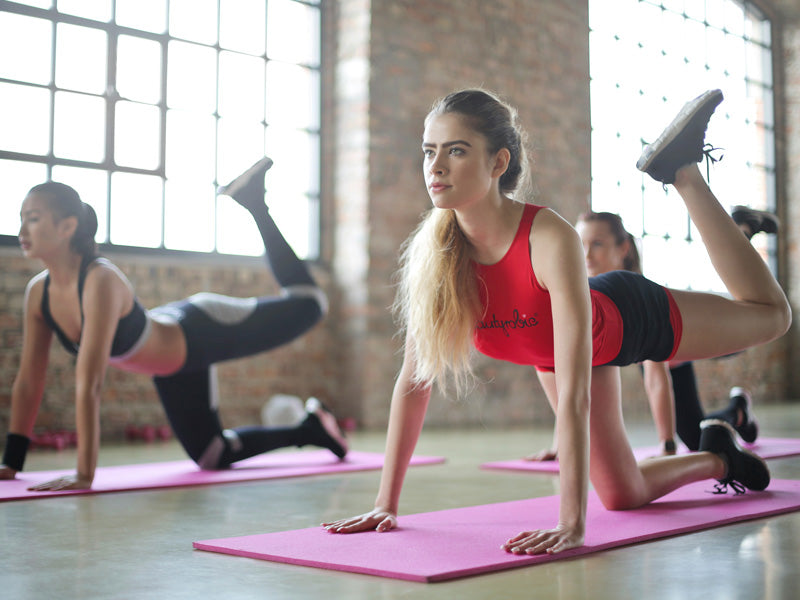EXERCISES FOR FOOT DROP


Posted by:
Johannes Sauer
Reviewed by:
Updated at: September 05, 2024
CHECK OUT THE LATEST IN ADAPTIVE FOOTWEAR...
FAQ
CAN FOOT DROP BE CORRECTED WITH EXERCISES?
CAN YOU REVERSE FOOT DROP?
HOW LONG DOES IT TAKE TO CORRECT FOOT DROP?
WHAT IS THE BEST POSITION FOR FOOT DROP?




![[color: white] Original Women's Adaptive Shoe](http://cadense.com/cdn/shop/files/Womens-WHT-T1-LG.jpg?crop=center&height=300&v=1765381322&width=300)
![[color: black] Original Men's Adaptive Shoe](http://cadense.com/cdn/shop/files/Mens-BLK-T1-LG.jpg?crop=center&height=300&v=1765338442&width=300)





